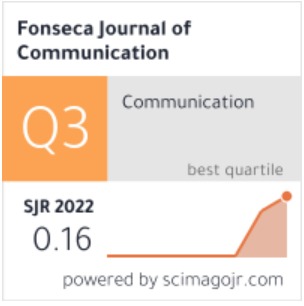EL ASOMBROSO LENGUAJE DE LA SOMBRA EN LA CARRETA FANTASMA (VICTOR SJÖSTRÖM, 1920). ANÁLISIS CULTURAL, CONTEXTUAL Y FÍLMICO
Ddo. Pablo ALLEPUZ GARCÍA
Abstract
Since the late nineteenth century, and especially during the first quarter of the twentieth century, the artistic use of shadow developed throughout Europe with an unusual power; it was not, by any means, an exclusive device of German expressionist cinema. In order to explain the finer way Victor Sjöström used it in The Phantom Carriage (1920), this paper traces a brief history of the shadow and its transposition in the theater and cinema; it contextualizes the film within Scandinavian cinematography of the time and within the director’s career; and it analyzes, from the literary basis of Selma Lagerlöf and by the speech of the images, several fragments of film showing a certain lighting language. From this reading, shadow becomes the centerpiece of the film and allows to reconsider its position within the history of European cinema.
















